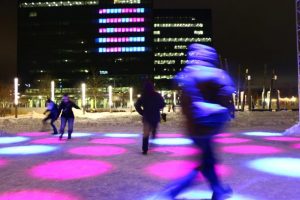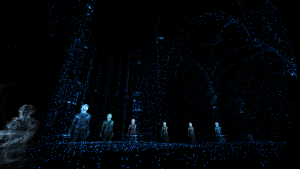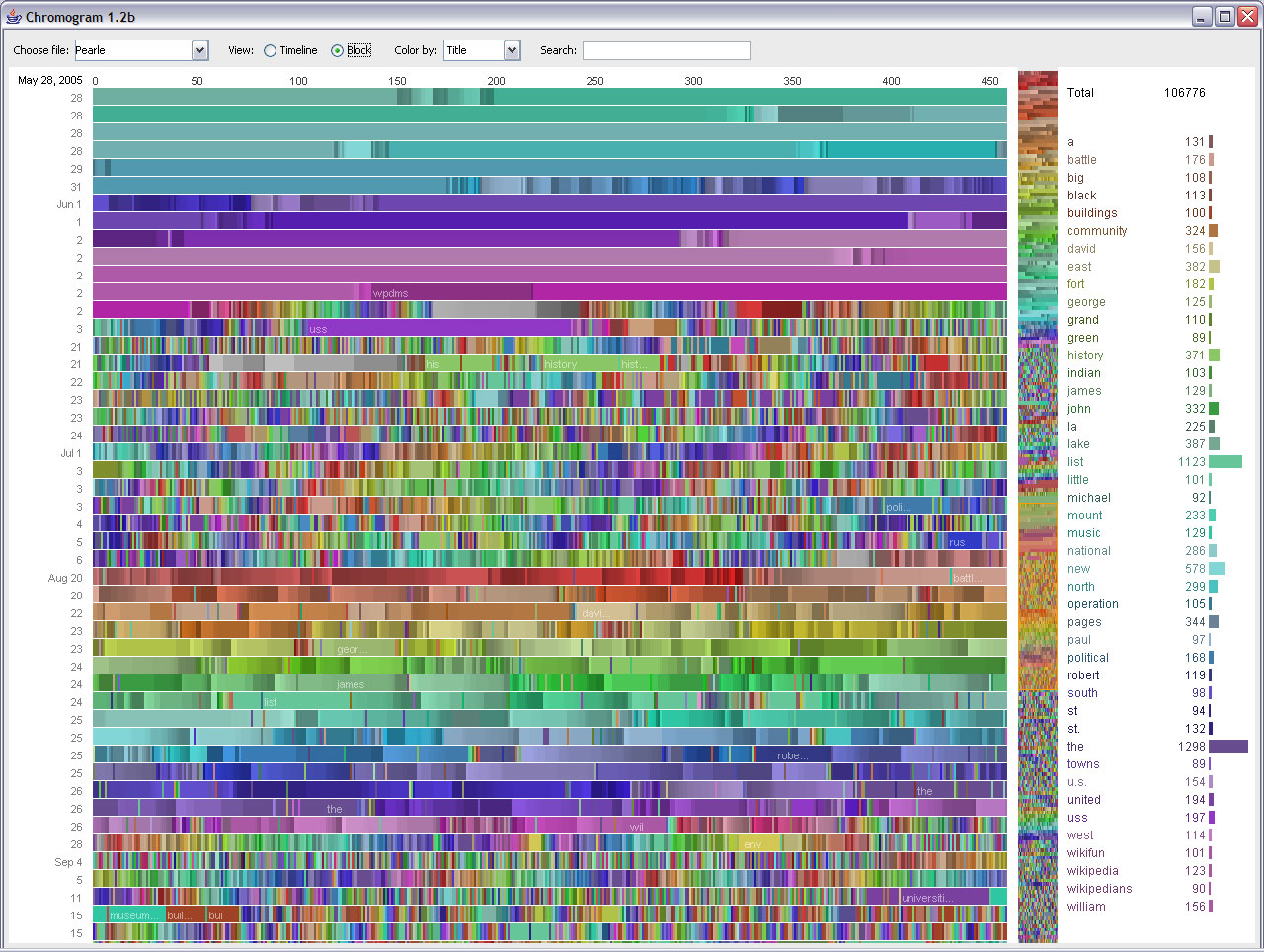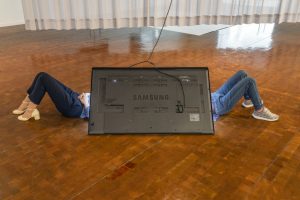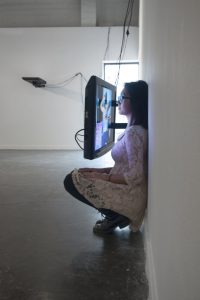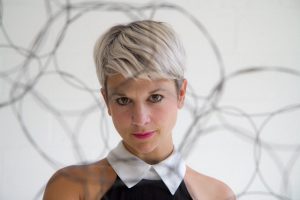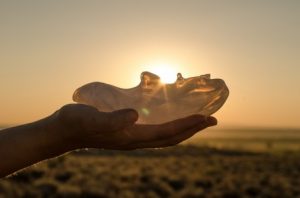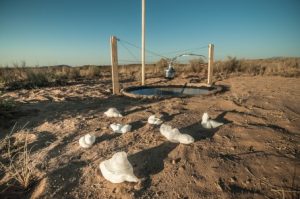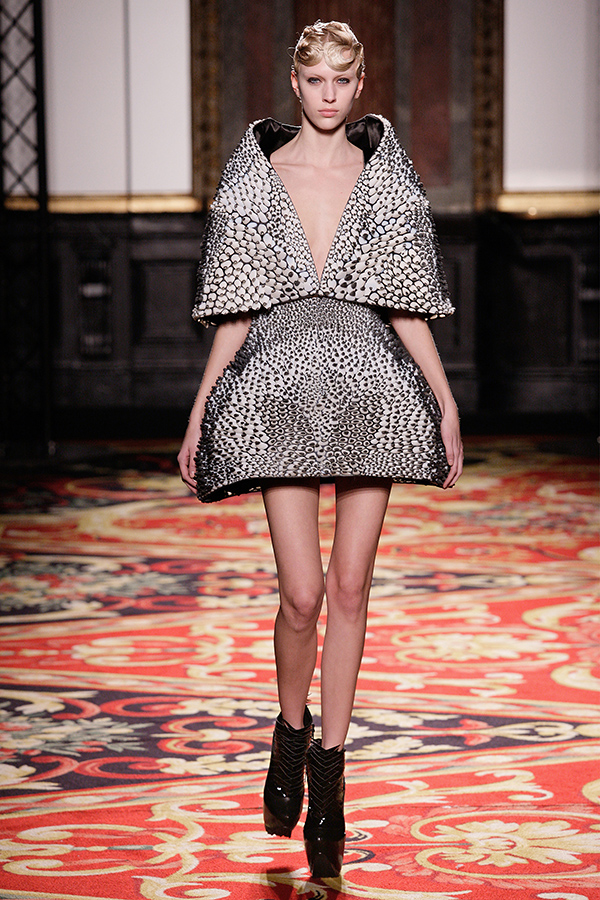For this week’s Looking Outwards writing, I want to discuss Lauren McCarthy‘s work and project LAUREN.

Lauren McCarthy is an LA-based artist whose work centers on the tensions of automation, surveillance, and culture. She is also the creator of p5.js, the javascript library this whole class and all my work thus far rely on. What I love from her biography is the following quote: “I make art about what confuses me”. Work that speaks to me most strongly is work that carefully explores, processes, and asks the unexpected questions.
*video of project LAUREN
Her work LAUREN describes how Lauren watched and remotely interacted with people in their homes through a variety of cameras, sensors, etc and aimed to be an even better personal AI assistant than the commercial assistants available today. Her proposition is simple: A human can understand each person better, and anticipate their needs.
What I precisely love about this work is how it revises the ongoing distrust (and trust) of AI assistant products, and at large, the idea of sentience in artificial objects and materials. If we allow this sentience artificially, isn’t it much better to allow it naturally (an actual human being)? Our current paradigm of privacy is clearly placed in discourse in the LAUREN project.
![[OLD FALL 2018] 15-104 • Introduction to Computing for Creative Practice](https://courses.ideate.cmu.edu/15-104/f2018/wp-content/uploads/2020/08/stop-banner.png)



